On June 30th, the spokesperson of the China Securities Regulatory Commission said that the CSRC approved the listing of cotton yarns listed by Zhengshang. The Jinqiao Network public number collects and organizes special editions to help you understand the relevant knowledge! Dr. Ji Guangpo, head of the cotton yarn variety of Zhengzhou Commodity Exchange, said on several occasions that cotton yarn futures varieties will be launched soon. In order to better participate in the trading of cotton yarn futures, the basics will be briefly introduced. I. Introduction to cotton yarn futures contract design 1.1 Cotton yarn futures contract rules: 1.2 Selection criteria The cotton yarn futures delivery standard is based on C32S carded cotton yarn (ring spinning). The 32 carded cotton yarns are representative of the mainstream in the spot, and there are many textile enterprises with 32 carded cotton yarn production capacity, which is conducive to expansion. Futures market coverage. Not only that, the benchmark comes with a range of performance requirements, such as strength requirements of not less than 15 cN / tex, æ» coefficient 330-420, and Uster standards. 1.3 Delivery method There are many kinds of cotton yarns. Therefore, under the premise of C32S, Zhengshang has proposed a self-reporting scheme, that is, if the C32S inventory in the textile enterprise is less difficult to meet the delivery, C40S, C60S and other specifications can be used. Instead of delivery, the spread between the varieties is expressed in terms of premiums and discounts, which greatly increases the flexibility of delivery. 1.4 Delivery location The current delivery locations are mainly in the three provinces of Shandong, Henan and Jiangsu. In addition, there is an auxiliary delivery site: Zhejiang, with reference to the freight rate. 1.5 delivery unit 20 tons, and should meet the requirements of "the same manufacturer, the same batch, the same cotton." The main reason for adopting this delivery unit is to match the mainstream transportation mode of spot trade, to facilitate the buyer to pick up the goods and organize the delivery, and the second is to adapt to the production and trade habits of the above-scale consumer enterprises, which is conducive to attracting buyers to participate in delivery. Table 1: Classification and characteristics of cotton yarn transportation Second, cotton yarn basics 2.1 Cotton yarn product definition and product classification The cotton yarn is a yarn processed by a cotton fiber through a spinning process, and is called a cotton thread after being processed by a joint. Spinning cotton into yarn, generally through the main processes of clearing, carding, drawing, roving, spinning, etc., for the yarn and thread of high-grade products also need to increase the combing process. There are many classification methods for cotton yarns. The common classification methods are generally as follows: 1. According to the different spinning process, the carded yarn and the combed yarn are divided. The carded yarn is a yarn spun from a cotton fiber through a common spinning system; the combed yarn is a yarn spun from a combed spinning system using cotton fibers. The combed yarn is made of high-quality raw materials, and the fibers in the yarn are straight and parallel, the knots are few, the gloss is good, the strips are even and the strength is high, and the cotton yarns are mostly used for weaving high-grade fabrics. 2. According to the purpose, it is divided into knitting yarn and woven (woven) yarn. The main difference between the two is the difference in twist. The yarn twist coefficient of knitting is less than 330, and the yarn twist coefficient of woven (woven) is greater than 360. 3. According to the yarn forming equipment, it is generally divided into ring spinning, air spinning (OE), siro spinning, compact spinning, vortex spinning and so on. Zhengshang Institute's cotton yarn delivery standard requires ring spinning. 4. According to yarn dyeing and finishing, it is divided into natural yarn (primary yarn), dyed yarn, bleached yarn, color spinning yarn, mercerized yarn and singeing yarn. 5, according to the use of raw materials are divided into pure cotton yarn, cotton blended yarn. 2.2 Specifications and quality classification of cotton yarn The specification and quality assessment of cotton yarn is the basis of yarn trade. The yarn demander determines the specifications and grades of cotton yarns to be purchased according to the actual needs of the production. The supplier also gives the price by combining the specifications and grades of the yarn. Domestic general use count (S) indicates the specification of cotton yarn. The count is the unit indicating the degree of fiber or yarn thickness. It is the length of the fiber or yarn at the specified moisture regain. The higher the count, the higher the yarn. The finer it is. In addition to the count, Tex and Dan are widely used internationally, and these units can be converted. Carded cotton single yarn specifications, generally divided into 70-56, 55-44, 43-37, 36-29, 28-19, 18-17, 16-10, 9-7, 6-3; Comb single yarn specifications, according to the number of branches are 150-131, 130-111, 110-91, 90-71, 70-56, 55-44, 43-37, 36-29, 28-19, 18-16 . In the cotton yarn trade, the product name is generally described by the category of cotton yarn (spinning process, use, yarn forming equipment) and specifications: for example, 32 cotton carded ring spinning machines. The quality grade of cotton yarn is similar to that of cotton. It is also in batches. The national standard "Cotton Color Yarn" (GB/T 398-2008) issued by the General Administration of Quality Supervision, Inspection and Quarantine of the People's Republic of China stipulates that cotton yarns are of the same variety for one day and night. The production quantity is one batch, the test is carried out according to the specified test period and various test methods, and the products of cotton yarn are evaluated according to the results. The products of cotton yarn are divided into superior, first-class, second-class, etc., which are lower than the second-class index. Those are third-class. Cotton yarn products, such as single yarn breaking strength coefficient of variation, 100-meter weight variation coefficient, single yarn breaking strength, 100-meter weight deviation, strip uniformity, 1g inner cotton agglomeration number, 1g inner neps impurity total grain number, ten The lowest of the eight items of the ten thousand yarns. 2.3 Requirements for packaging and storage of cotton yarn Cotton yarn can be divided into cheese yarn and skein according to different molding. The inner packaging of the cotton yarn is a plastic bag with the name of the factory, the name and specifications of the product, the name of the registered trademark, the grade, the weight, the batch number, the package number, the number of the yarn and the date of the package. The outer packaging of cotton yarn is mainly composed of carton or woven bag. The packaging should be neat, dry and strong, suitable for long-distance transportation. The validity period of cotton yarn inspection is one year in the north and half a year in the south. If it exceeds the validity period, it must be inspected and checked for major items: mildew, insects, water stains, pollution, damage and so on. In terms of warehousing, the cotton fiber has no change in properties after being processed into yarn, so the storage environment of cotton yarn is basically the same as that of raw cotton. When the cotton yarn is packaged, the actual moisture regain rate shall not be higher than 10.5%. If it exceeds the pile, the corresponding measures shall be taken to prevent mildew. Third, cotton yarn fundamental analysis 3.1 Analysis of upstream and downstream industrial chain of cotton yarn The cotton yarn industry chain is long and involves many factors. The upstream raw materials include natural fibers, chemical fibers and man-made fibers. The downstream products include grey fabrics, fabrics and end products textiles and garments. Therefore, as a newly listed futures product, analysis and consideration There are many factors. As a futures product of the morning market, cotton data and analysis have been relatively mature and complete. We will not discuss it here. We mainly analyze the fundamentals of cotton yarn itself, related products and downstream finished products for your reference. 3.2 Analysis of supply and demand of cotton yarn industry chain The cotton yarn is divided into pure cotton yarn and cotton blended yarn according to raw materials, and the chemical fiber used for spinning is described in FIG. Figure 3 shows that domestic cotton yarn and textile chemical fiber production has maintained a growth trend of nearly 20 years. However, we can see from Figure 4 that the output of cotton and fabrics began to fall after reaching a high output in 2010. Domestic cotton yarn imports have continued to grow in recent years. The main reason is that the country has been collecting and storing cotton for three consecutive years, which has led to high price gaps between domestic and foreign cotton. Southeast Asian textile enterprises have taken advantage of cost advantages to seize the domestic cotton yarn market. However, with the end of the domestic cotton purchasing and storage policy, the internal and external price gaps have narrowed, and the impact of foreign cotton yarn on the domestic market has not yet ended. Mainly, domestic textile companies have withdrawn from the low- and medium-yarn yarn market in the past few years. Observing the domestic cotton yarn production province in the past 4 years, Shandong ranks first, followed by Henan, Jiangsu again, and the three provinces account for more than 50% of the country. In addition, Fujian, Hubei, and Zhejiang are also important provinces for cotton yarn production. The provinces with large cotton production are Shandong, Hubei, Jiangsu, and Hebei. The four provinces account for over 70% of the national cotton production. Up to now, although domestic cotton prices have stopped falling, the downward trend of cotton yarn prices has not changed. The futures standard carding 32 yarn index has reached 2,1600 yuan / ton. The price of imported cotton yarn is generally consistent with the domestic situation, and the price continues to be weak. For the 32 yarns of carding, the current domestic and international price difference is around 1,300 yuan / ton. This is also an important reason for the suppression of domestic cotton yarn prices. At the same time, the existence of the spread has also made it difficult for the domestic low- and medium-end market to be squeezed by the foreign yarns to be contained. The number of domestically imported cotton yarns continues to grow. In recent years, several important imported cotton yarn countries are India, Vietnam and Pakistan. In particular, the number of imports from India has increased rapidly. In the past three cotton years, the three countries of India, Pakistan and Vietnam accounted for about 70% of domestic cotton yarn imports. 3.5 Textile and garment import and export analysis Figures 12 and 13 show that domestic textile and apparel imports account for about 10% of exports. Imports were stronger in 2014, while exports remained high. Judging from the recent TPP negotiations, it has formed long-term negative pressure on the domestic textile market. Whether domestic textile and apparel exports will usher in an inflection point needs close attention. 3.6 China cotton yarn import tax rate Fourth, textile fiber analysis Although the Zhengzhou Institute's upcoming varieties are pure cotton yarns, blended yarns also have an important impact on their prices. The upstream raw materials, in addition to cotton, also have chemical fibers, so it is necessary to simply sort out the basic conditions of textile fibers. 4.1 Textile fiber classification 4.2 Textile fiber analysis Table 3 in Table 2 shows that both global and China's textile fiber production continued to grow, with fiber growth growing faster and accounting for an increase. In 2012, China's natural fiber production began to decrease, and the proportion of natural fiber shrank to 16.7%, much lower than the world level. As can be seen from Fig. 14, natural fibers include animal fibers and plant fibers, while cotton accounts for the largest proportion of natural fibers, and cotton futures have been on the market for a long time. The analysis of this variety is relatively mature and perfect, and will not be described here. From Tables 2 and 3, synthetic fibers account for a large proportion of chemical fibers and need to be analyzed. Synthetic fibers are generally classified into polyester, nylon, acrylic, polypropylene and PVA fibers and others, of which polyester accounts for nearly 80%, which is the first in synthetic fibers. As an important textile raw material, filament staple fiber has become the focus of future market analysis. Air Covered Yarn,Polyester Air Covered Yarn,Spandex Air Covered Yarn,Air Covered Spandex Yarn Ningbo Grantex Textile Co., Ltd , https://www.grantexindustries.com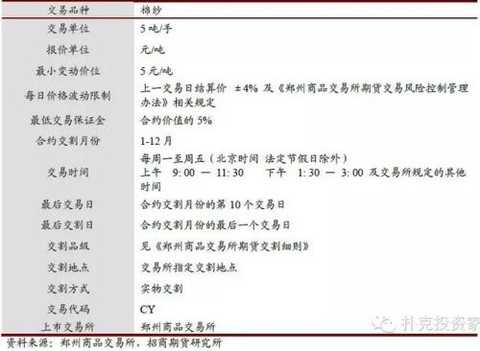

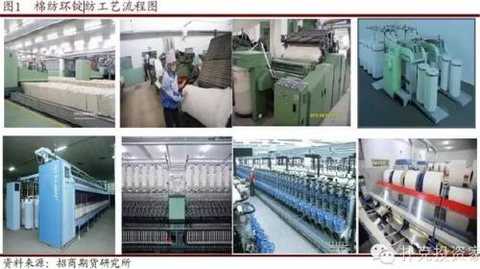
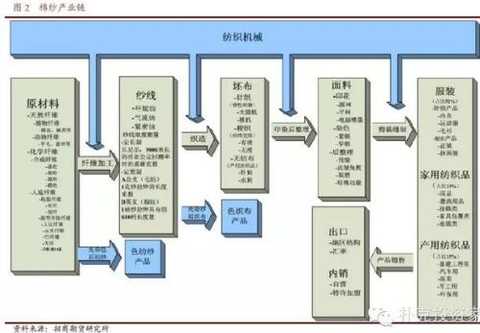
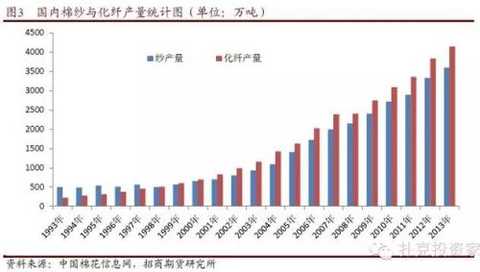
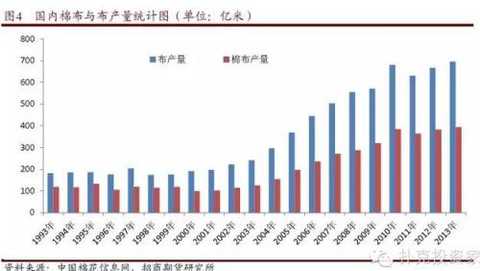
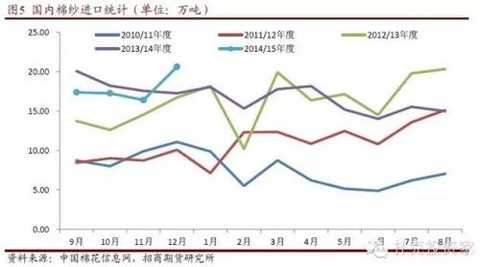
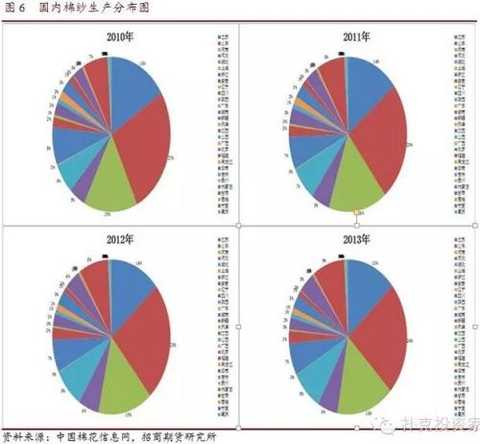

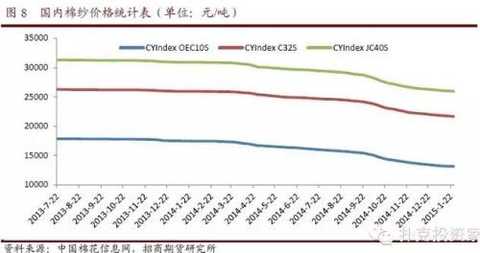

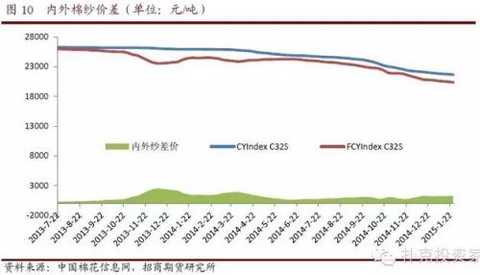
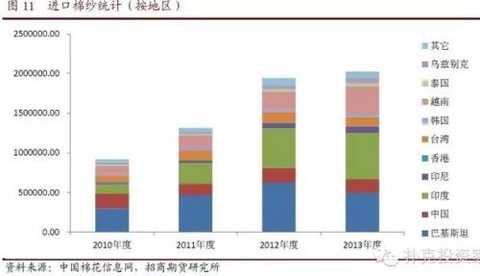

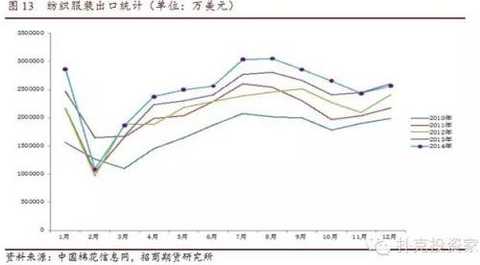
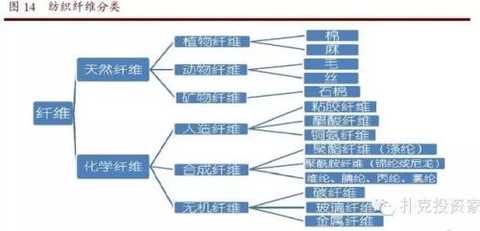

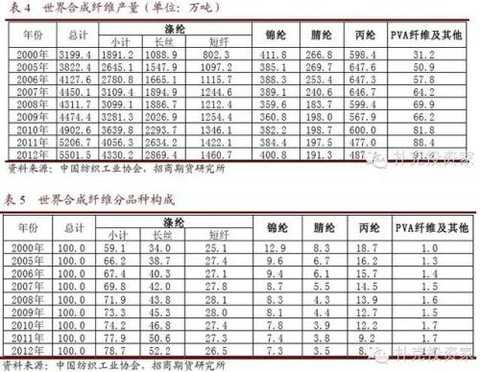
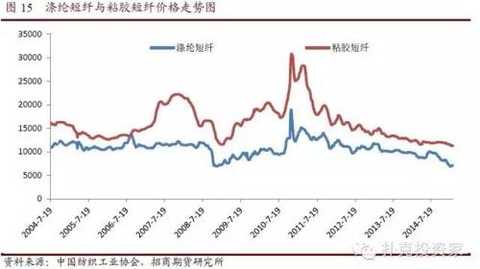
May 24, 2023